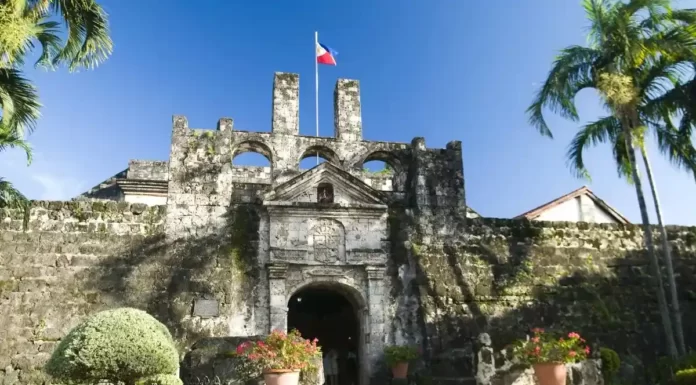Education is a cornerstone of society, shaping the future of nations. This article delves into a straightforward comparison of the education systems in Japan and the Philippines. We aim to uncover each country’s unique approaches to nurturing young minds by actively exploring their similarities and differences.
Japanese Education System
Japan’s education system is renowned for its balance between tradition and innovation. The curriculum strongly emphasizes holistic development, encompassing mathematics, science, language, and moral education. The focus goes beyond academic excellence, aiming to mold students into analytical thinkers with a sense of morality.
Filipino Education System
In the Philippines, the education system reflects a commitment to cultural identity and a well-rounded education. Core subjects include Filipino language and literature, mathematics, science, and social studies. Notably, there is a distinct emphasis on values education, aiming to instill ethical and responsible citizenship.
Comparative Insights
When we compare the two systems, certain commonalities emerge. Both prioritize core subjects, recognizing the importance of foundational knowledge. However, the nuanced differences are equally intriguing. Japan’s moral education and the Philippines’ emphasis on values education showcase how cultural nuances influence educational priorities.
Balancing Tradition and Modernity
Beyond subjects, teaching methodologies differ. Japan often incorporates traditional teaching methods, fostering discipline and respect. Meanwhile, the Philippines leans towards a more interactive approach, encouraging critical thinking and creativity.
Challenges and Innovations
Both systems face challenges. Japan grapples with a rigorous examination-oriented culture, while the Philippines addresses concerns related to accessibility and resources. Yet, innovations are underway, such as Japan’s focus on integrated learning and the Philippines’ adoption of technology in education.
Conclusion
The comparative analysis of Japanese and Filipino education systems reveals a rich tapestry of approaches. As we acknowledge the strengths and challenges of each, there’s an opportunity for mutual learning. Understanding the nuances of different systems contributes to a global conversation on shaping education for a brighter future.
Frequently Asked Questions (FAQs)
What are the main differences between the Japanese and Filipino education systems?
The Japanese education system emphasizes a rigorous academic curriculum on discipline and uniformity. In contrast, the Filipino system emphasizes a more flexible curriculum that reflects cultural diversity and local context.
How do Japan and the Philippines approach nurturing young minds?
Japan emphasizes academic excellence and character development, while the Philippines emphasizes holistic development, incorporating cultural and values-based education.
How does cultural influence shape education in Japan and the Philippines?
Cultural influence is significant in both countries; Japan’s education system reflects Confucian values, and the Philippines incorporates indigenous cultural elements into its curriculum.
Are there any similarities in the educational goals of Japan and the Philippines?
Despite differences, both countries share common goals, such as preparing students for global citizenship, fostering critical thinking, and promoting lifelong learning.
How can insights from the comparative analysis benefit global discussions on education?
Insights from comparing Japanese and Filipino education systems contribute to a deeper understanding of diverse approaches, fostering global collaboration for more effective educational policies and practices.
How do teaching methods differ between Japan and the Philippines?
Japan often employs teacher-centered methods emphasizing group learning, while the Philippines embraces student-centered approaches, encouraging individual expression and creativity.
What challenges do both countries face in their education systems?
Japan faces issues related to intense academic pressure, while the Philippines grapples with resource disparities and accessibility concerns, impacting educational equity.
How do extracurricular activities contribute to education in Japan and the Philippines?
In Japan, extracurricular activities are integral for character building, while in the Philippines, they play a crucial role in promoting teamwork, leadership, and cultural appreciation.
How do parent and community involvement differ in Japanese and Filipino education?
In Japan, there is strong parental involvement in academics, while in the Philippines, communities typically support schools and education initiatives.
Do the education systems of Japan and the Philippines address technological advancements?
Japan tends to integrate technology seamlessly into education, while the Philippines faces challenges ensuring equitable access to technology across all regions.











